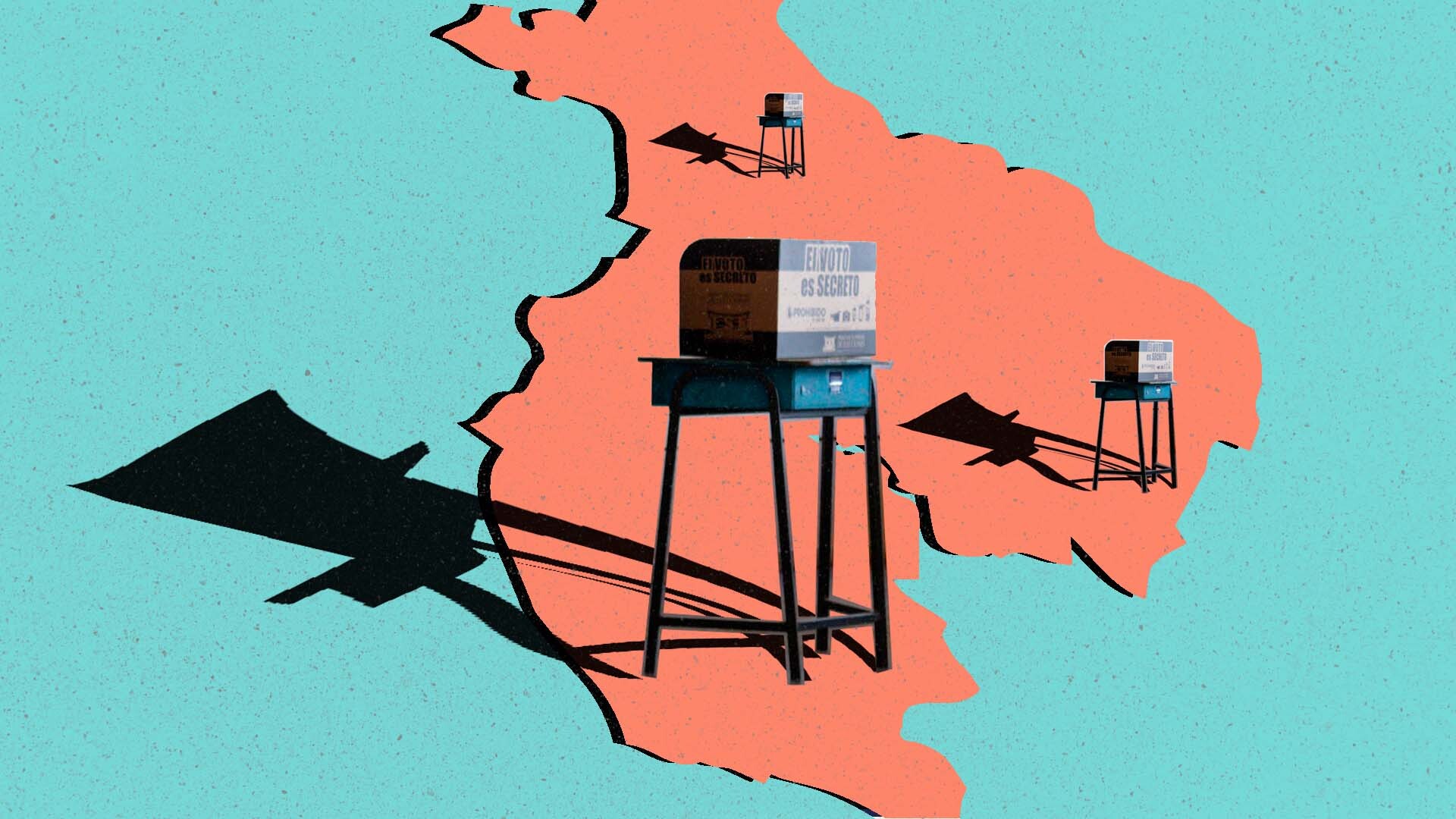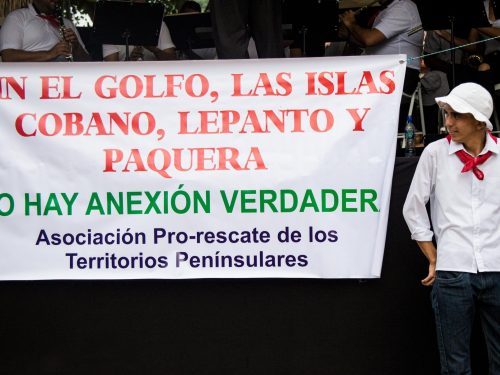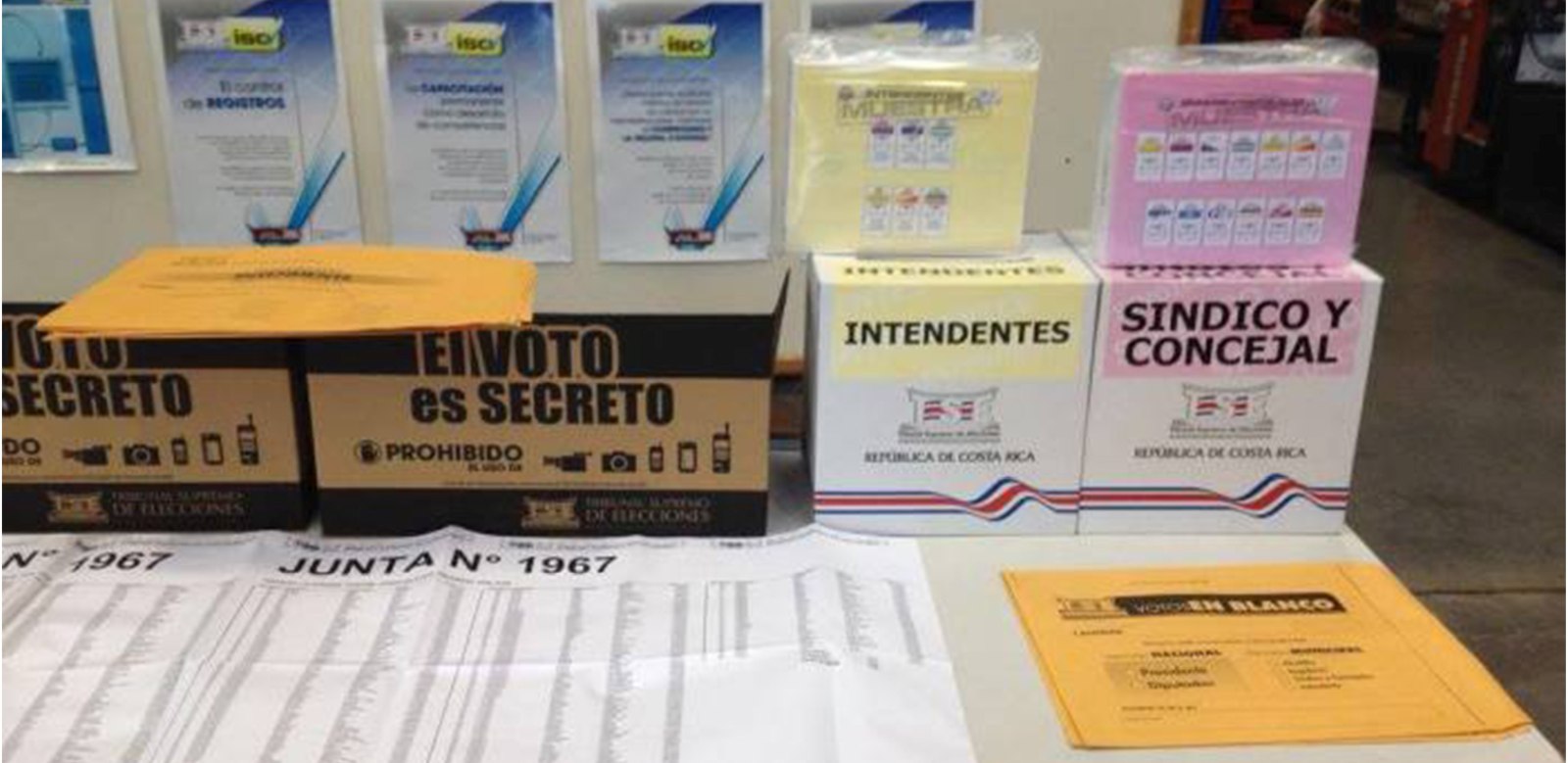
Are you satisfied with how your mayor governs your canton? It is not strange if you are dissatisfied. The governors are elected by a very small fraction of the population of each canton.
Why is that? First, because a good part of the electorate does not go out to vote on election day. But it also affects the fact that the municipal electoral system does not imply a minimum participation to declare the winning of a mayoralty.
In Guanacaste, the most striking case of the last municipal elections is that of the current mayor of Liberia, Luis Gerardo Castañeda (candidate for reelection with the Unidos Podemos Party).
In 2020, Castañeda was elected by only 3,417 voters out of a census of more than 37,000 people (only 7.24% support).
Those reelected, Juan Pablo Barquero of Tilarán, Eduardo Pineda of Hojancha and Carlos Cantillo of Carrillo had the most support. All three were unable to aspire to a new government.
At the national level, voter turnout in municipal elections continues to increase.
“We’ve seen a decrease in abstentionism but it continues to equate to that of the national elections, and that has worried some authorities,” clarified Eugenia Aguirre, a researcher at the National Political Observatory.
Although Guanacaste had a minimal growth in attendance at the polls (it went from 44.1% in 2016 to 44.2% in 2020), the difference compared to provinces in the rest of the country continues to be up to more than 10 percentage points better.
For example, while abstentionism in the 2020 elections in San José and Heredia was 68.44% and 66.26% respectively (the highest percentages for that day), in Guanacaste, it was 55.81%.
“Because we’re dealing with local elections, we must look at it canton by canton. For example, in Montes de Oro [in the canton of Puntarenas], participation in municipal and national [elections] is very similar, and there are others with significant gaps,” she said.
Liberia has the lowest turnout
If we look at the cantons of Guanacaste, historically Liberia’s electorate is the most evasive at the polls.
Aguirre explained that there are no conclusions about what influences a canton to vote more or less, but there are studies that suggest hypotheses. “Some of the elements that stand out are that in cantons with a higher percentage of rural territory, people participate more,” she said.
“And another interesting element is that in cantons where there is more community organization and forms of local association, there tends to be more participation,” she added.
The populations of the cantons of Hojancha and Nandayure are, traditionally, those with the highest attendance to cast their municipal vote.
“State [governmental] presence has been evaluated. [In cantons where] it is practically absent and is only represented by the municipality, there is also more participation,” Aguirre pointed out.
However, abstentionism in Hojancha had one of the most pronounced increases, going from 36.4% in 2016 to 41.3% in 2020 (five percentage points more).
Hojancha is surpassed by Tilarán, where abstentionism increased by ten percentage points, going from 43.25% to 53.43%.
Tilarán, Hojancha and the cantons of Bagaces, Liberia and La Cruz were five of the seven cantons with the greatest decline in the most recent Human Development Index (HDI) 2020, which estimates the population’s quality of life.
The analysis was carried out by the United Nations Development Program (UNDP), in alliance with the UCR School of Statistics and the National Information System and Single Registry of State Beneficiaries.
Trend against national elections
That more of the Guanacaste population goes to the polls is a trend contrary to the one prevailing in elections for the central government and legislators, for which abstentionism has been growing steadily every four years.
While in 2014, 63.21% of Guanacaste’s electorate voted on the presidential ballots, in 2018, only 59.36% did and in 2022, 52.49% did— the lowest figure in history.







Comments